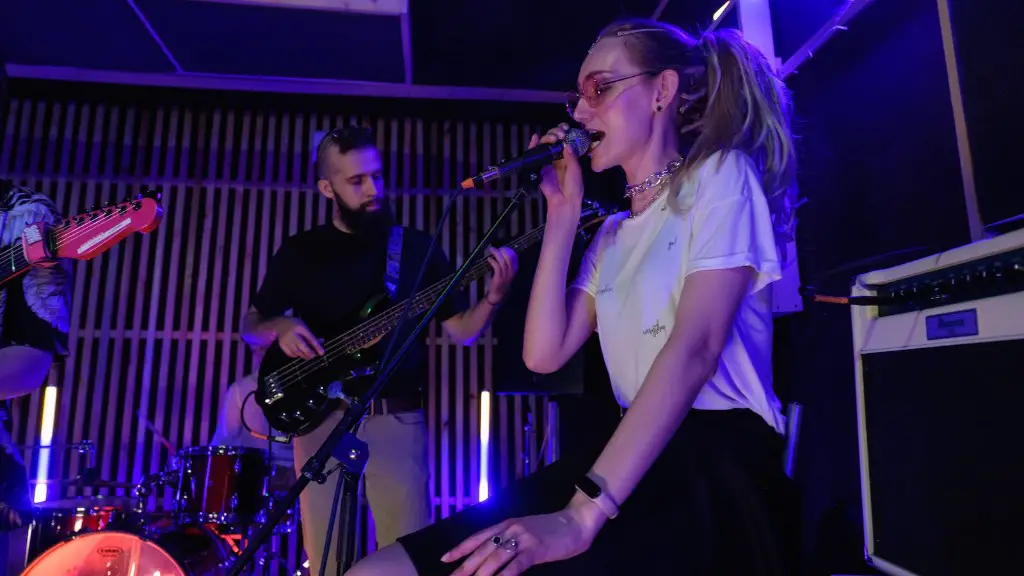Dreaming of becoming an anime-head artist? Well, then you’ve come to the perfect place. Drawing anime head doesn’t have to be a daunting task—you just have to take it step by step and you’ll be whiping up realistic anime heads in no time!
First and foremost, you have to have all the right tools. You’ll need a sketchbook, graphite pencils, an eraser, and a sharp, fine-tip liners. Then, you’re ready to begin!
Start by sketching. Use your graphite pencil to draw the face with the pencil in light strokes to make it easier to erase any mistakes. Keep your lines soft and light, as you’ll be refining them later. Concentrate on the face proportions and get the overall shape of the head down. Place the eyes in the middle of the head, and make sure to give your head enough room to grow. Give the character a unique hairstyle and unique features, like a pointed/sharply curved chin, wide eyes, and a longer nose if you want.
Now, it’s time to refine. Establish the basic facial features. Use your liners to draw in the eyes and the eyebrows. Refine the shape of the face and make sure to erase any unnecessary pencil lines. When you’re satisfied, it’s time to move onto the hair. Draw your anime character’s hair and don’t forget to add simple details like shading, highlights, and small curls to give the hair life.
Add the details. Don’t forget to draw the eyelashes and give your anime character facial expressions. You can also add different accessories to your drawing like jewelry or hats to add extra flair. To finish, draw over the characters face and body with your liners. Work slowly and delicately to produce the best outcome.
Finally, color it in. Use your colored pencils to give your character some color. Don’t be scared to be creative and use vibrant colors to make your character pop! Don’t forget the shadows and depth. Add some shadows and shading to make the character appear more realistic and three-dimensional. And voila–you’ve just created a stunning anime head!
Now that you know the basics, practice, practice, practice. Sketch out some more characters and make sure to capture their individual styles and personalities. You’ll develop your own styles over time so make sure to experiment with different techniques!
Shading and highlighting are essential to bring your character to life. When you draw in the eyes, make sure that one side is brighter than the other to indicate a light source. The eyes should have a gradient of shading and a good amount of highlights to make them appear realistic.Also, use hard and soft lines to add depth and contrast.When shading the face, start light and add more pressure towards the far edges to make it seem smooth and 3-dimensional.
Gestures, poses, and expressions are key when drawing a anime character. Think about the mood you want to capture and how the body should move. Use your liners to draw simple figures and practice on different body poses and backgrounds.For the facial expressions, draw oval shapes and use your eraser to create various features and look at tutorials on how to draw facial expressions and how to add life to them.You can also add expressions in the character’s eyes, mouth, and eyebrows to match the pose.
When drawing a anime-head, the most important thing is to practice and work on your technique. Experiment and don’t be afraid to make mistakes. It might take some time to get it right, but that doesn’t mean you can’t have fun and get creative. Take your time and you’ll be an anime-head master in no time! Good luck!
